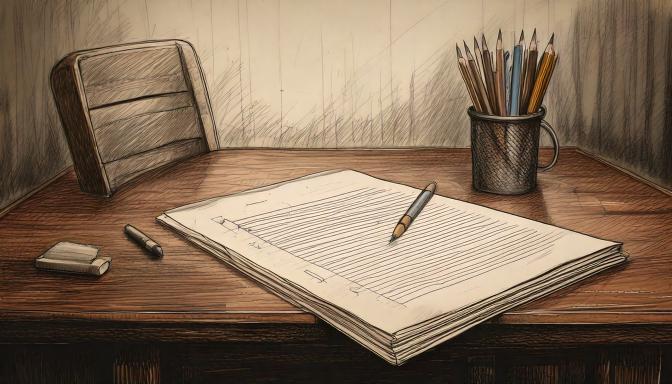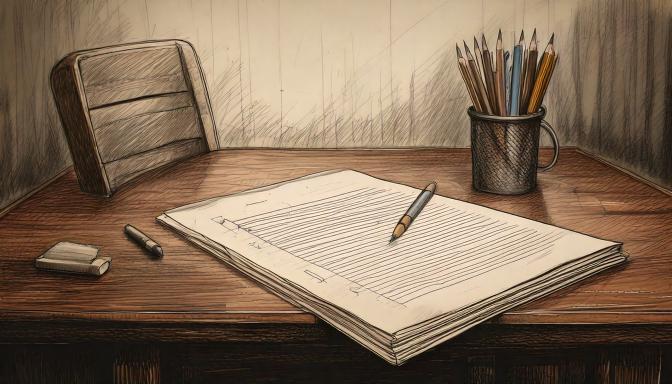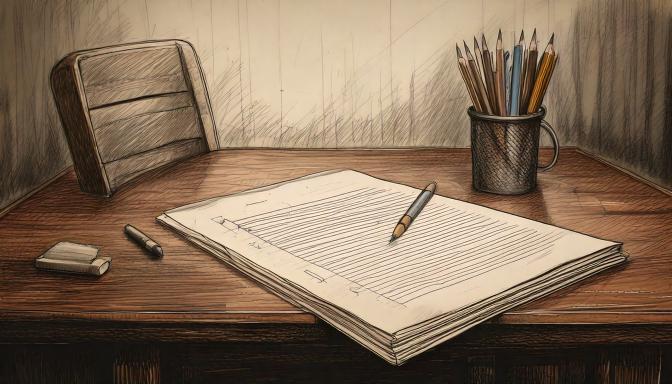Elements of Story Writing

Start Thinking, Plan Ahead and Start Writing
The Plot – The Heart of the Story
The plot is the sequence of events that happen in your story. It's the "what happens" part — the journey from beginning to end.
Think of the plot as the skeleton of your story. It gives it structure and flow.
🔹 Start with a situation or character.
🔹 Add a conflict or challenge.
🔹 Build to a climax (the big moment).
🔹 Then wrap it up with a resolution.
Example: A lonely boy finds a magic flute → learns to control animals → must stop a forest fire → saves the village → becomes a hero.
2️⃣ The Narrative Arc
The Shape of the Story
The narrative arc is the shape your story takes, like a mountain with a climb, peak, and descent.
It includes:
● Exposition – Introduce characters and setting
● Rising Action – Build tension with events or challenges
● Climax – The most exciting part (the big decision or battle)
● Falling Action – The “what happens next” after the climax
● Resolution – Wrap it up, show how the character or world has changed
This arc helps your story feel complete and emotionally satisfying.
3️⃣ The Characters – The Heartbeat of the Story
Your characters must feel real, relatable, and unique. Focus especially on your main character (the protagonist):
● What do they want?
● What are they afraid of?
● How do they change by the end?
Add a strong supporting cast—friends, mentors, villains, even funny sidekicks—that help move the story forward.
Pro tip: Every character should have a purpose in the plot.
4️⃣ The Events – The Action That Drives the Story
These are the key moments that move your story forward. They create tension, excitement, and surprises.
Ask yourself:
● What choices does the character make?
● What problems do they face?
● How does each event change something?
Don’t just add random scenes. Each event should connect and lead to the next.
5️⃣ The Setting – The World Your Story Lives In
The setting isn’t just a place — it’s a mood, a time, and a feeling. A good setting helps the reader see, hear, and feel the world.
It can be:
● Real (a small village in India)
● Fantasy (a flying city of birds)
● Futuristic (a school on Mars)
Make it vivid. Use the five senses. Let the setting affect the story — like a thunderstorm causing a power cut at the worst time!
6️⃣ The Theme – The Hidden Message
The theme is the deeper meaning or message of your story.
It’s what you want the reader to think about when the story ends. Themes can be:
● Friendship
● Courage
● Greed
● Hope
● The power of kindness
You don’t have to say the theme out loud. Let the events and characters show it.
Tips
● Keep asking: “What does my character want?” and “What’s standing in their way?”
● Every part of your story should serve the main plot.
● Show, don’t tell. Let readers experience emotions through actions and dialogue.
● Read lots of stories. Notice how other writers use these elements.










